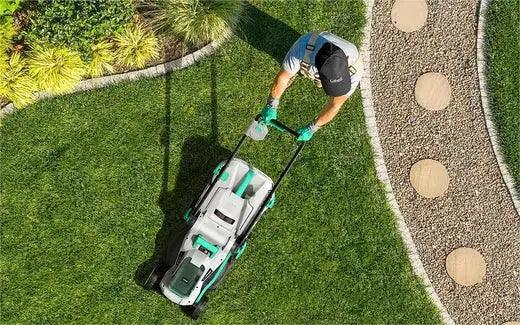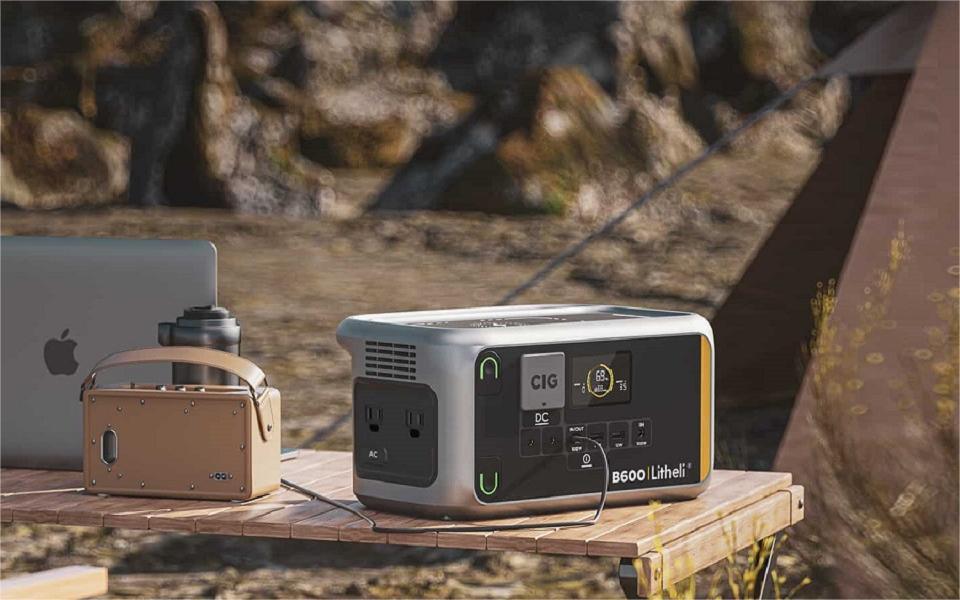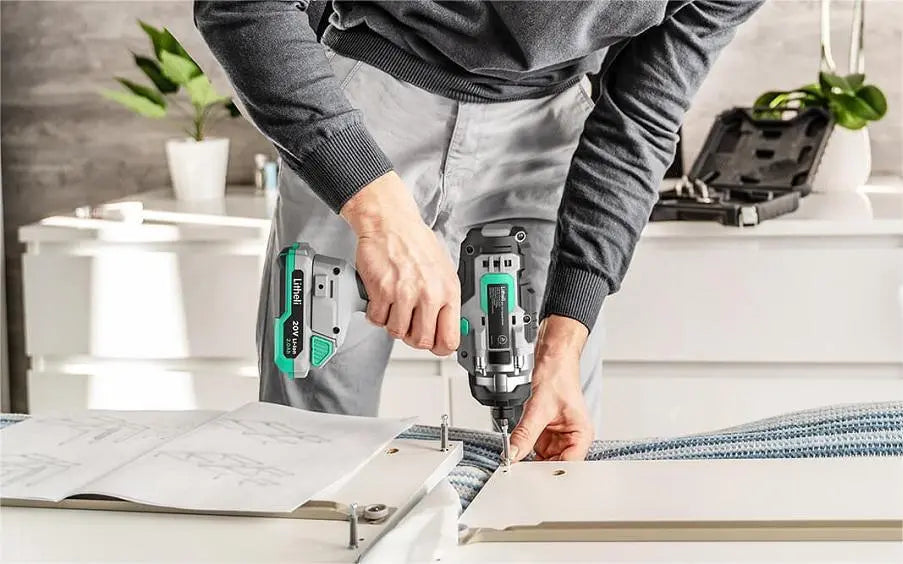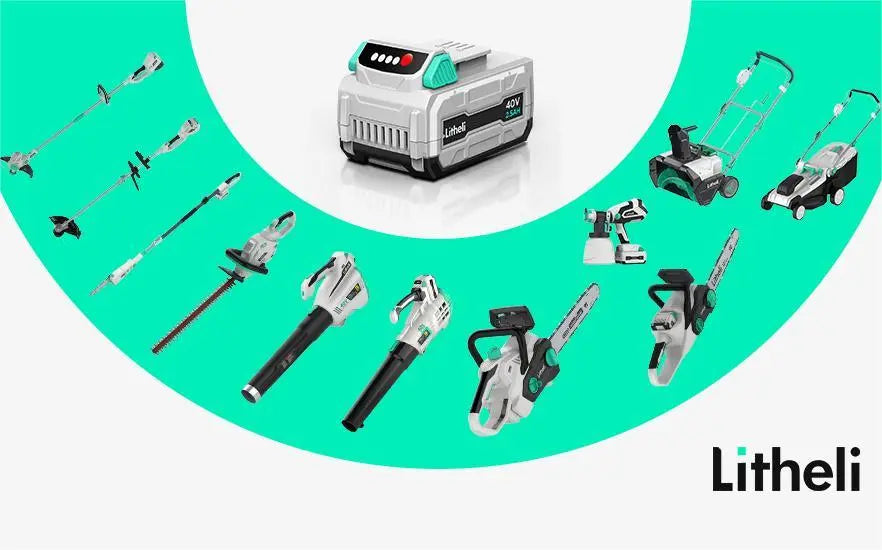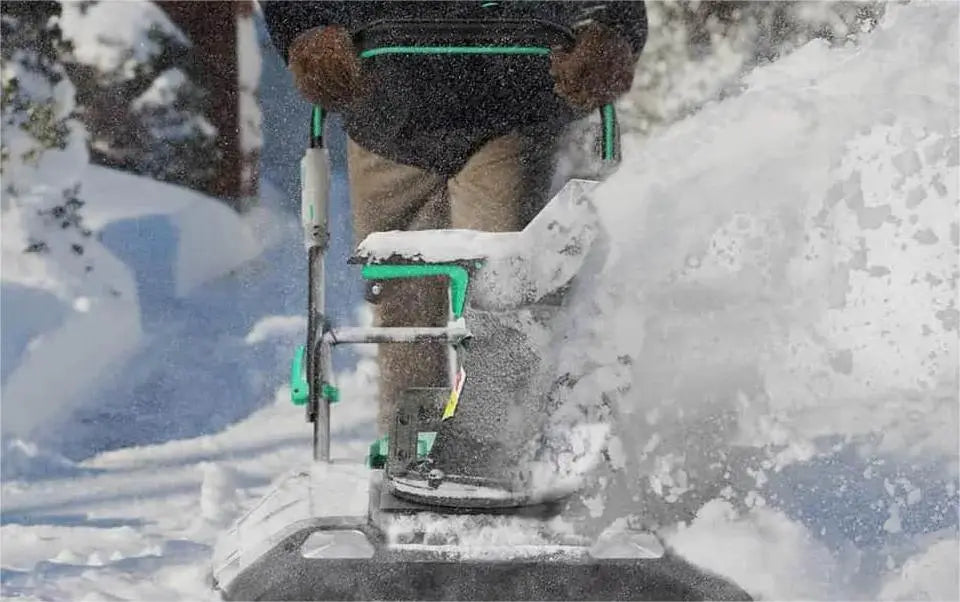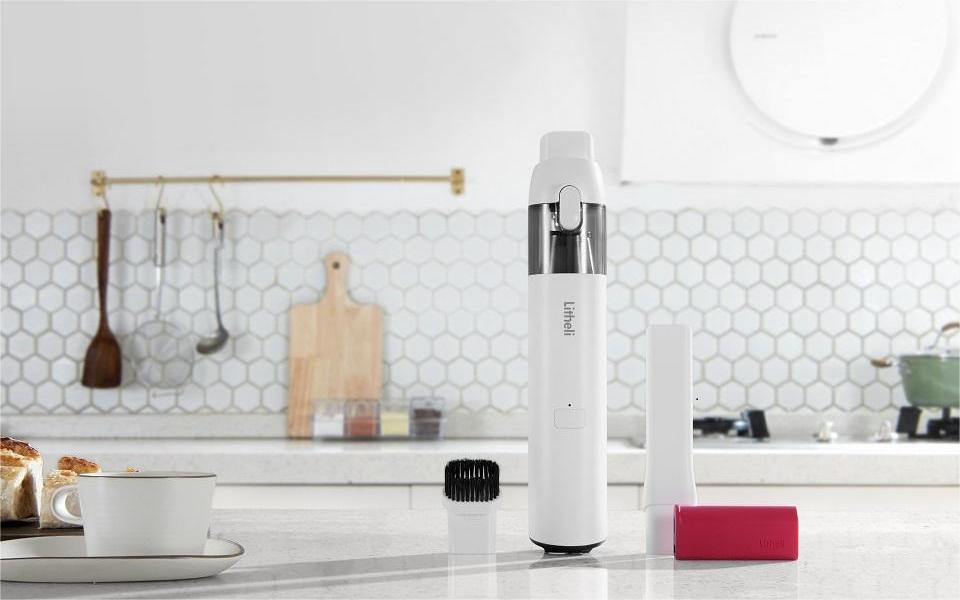
Brushed vs Brushless Motors: Which Is Better For Your Power Tools?
All power tools run on brushed or brushless ones, each having their pros and cons. Find out more about which is best for your power tool, fits into your budget and meets all your efficiency and functionality needs.
Everyone has seen or has had to use a power tool at some point or the other. Drills, circular saws, hammer-drills, jigsaws, grinders, and routers are different kinds of power tools. These tools are used at home, construction sites, industries to ease certain specialized tasks and perform them with higher accuracy.
DC (Direct Current) motors are usually used for power tools and there are two types: Brushed and Brushless motors. It is crucial to know the difference between them, as it would help you know the one best-suited for your project specification.
What Is a Brushed Motor?
Brushed DC motors use DC with mechanical commutation to produce mechanical energy. The stator is the fixed part of the motor located on the outside and contains a permanent magnet or an unmoving electromagnet coil and is responsible for creating the magnetic field. Here is how it happens:

- Brushes in the motor allow the electricity from the DC power supply to flow into the rotor.
- The rotor is located on the inside of the motor and consists of the armature, commutator, and coils winding. While rotating, it receives current from its connection to the collector.
- The coil ends are connected to the commutator, and then the commutator is connected to the brushes. When the brushes and commutator are in contact, a direct current flows through the armature and coils windings.
- As electricity passes through the coils, the electricity turns the coils into a temporary magnet, an electromagnet acts on it, and it interacts with the magnetic field lines of the permanent stator field.
- The attraction and repulsion between the magnets on the stator and rotor cause the rotation of the rotor.
- As rotation continues, it reaches a point where the brushes and commutator are no longer in contact, and the rotor stops spinning. However, the commutator makes contact with the stator and reverses the magnetic field, and allows the rotor to keep spinning.
There is the presence of friction between the brushes and the commutator, and as it is electrical contact, the friction cannot be eliminated by lubrication. This causes wear and tear in the brushes and commutator and brings the need for maintenance and replacement as time goes on.
What Is a Brushless Motor?
The brushless DC motor is also known as electronically commutated motor and it has the capability to convert alternating current (AC) to direct current. Brushless electric motors also work on the principle of attraction and repulsion of magnets.
As the name implies, these motors do not have brushes. This property (or the lack of it) eliminates the need for maintaining contact between the rotor and stator, and flipping the electromagnetic field to keep the electric current flowing through the coil of the motor.

In brushless motors:
- The rotor consists of a permanent magnet, and the stator includes electromagnets, unlike in brushed DC motors, in which the rotor consists of electromagnets, and the stator consists of permanent magnets.
- The stator has windings and coils and these windings activate the stator’s electromagnet.
- The torque of the brushless DC motor is caused by the interaction of the electromagnets on the permanent magnets.
- The stator can be controlled electrically by an electrical control system, i.e., they can be turned on and off.
Therefore, switching the stator's controls causes the rotor to rotate, generating mechanical energy. The presence of more coils in the rotor makes the rotation smoother.
Differences Between Brushed Motor and Brushless Motor
Below are major differences between these motors that make one of them better suited for power tools than the other.
1. How They Work
The significant difference between brushed and brushless motors is what causes engine rotation. In brushed DC motors, brushes and mechanical commutators are used to pass current into the coils of the engine for engine rotation. Meanwhile, in brushless DC motors, electrical commutation is used to pass current to the coils in the engine to cause rotation in the motor.
2. Speed
Due to arcing of the brushes in brushed DC motors, there are rotor limitations and low rotation speed. However, in brushless speed there are no brushes, and the presence of electrical commutation allows the brushless DC motor to produce a wider range of speeds. The brushless motor has a higher speed than the brushed motor.
Also, the brushless motor is more effective when the tools that it is being used require precise control of speed and torque. The speed and torque of a brushless motor can be controlled to give different ranges, while a brushed DC motor cannot.
3. Cost
The construction of a brushed motor does not require much high end technology; therefore, it is relatively cheaper than the brushless motor. Brushless motors are more expensive as they consist of advanced technology like the electrical commutation and electrical controller. It is important to note that the presence of this electrical commutator instead of a brush removes the need for maintenance and replacement and wear and tear in the engine, which in turn lengthens the life span.
Also, the installation costs of a brushless motor are much more than that of a brushed motor. Therefore, when the cost is a determining factor for your tools, the brushed motor is a better choice. However, it is essential that you should not sacrifice efficiency for costs when choosing your tools.
4. Noise Production
Due to the electrical contact between the brushes and the mechanical commutator in the brushed motors, friction is present; sparks are produced in these areas and noise is produced.
The presence of an electrical commutator in the brushless motor instead of brushes makes it have less noise than the brushed motor, as both the sparking, and friction noises are eliminated. Consequently, in devices where less noise is required, the brushless motor is a better choice.
5. Maintenance
As a result of friction between the brushes and the mechanical commutator in brushed motors, there is wear and tear in them. This requires a periodic change of both the brushes and commutators. However, this constant wear of the brushes and commutator can affect the motor itself, and in the long run, the whole motor system would require a change.
As the brushless motor does not contain these parts, this type of maintenance and repairs are not needed. With this, it is clear that the brushed motor requires more maintenance than the brushless motors.
The absence of friction in the brushless motor checks overheating, bringing about more efficiency and a longer life span for the device. Having to change the machine parts and deal with repairs constantly can be stressful, so a brushless motor is a better choice if you want to avoid this.
6. Safety
When safety is of priority, the brushless motor is a better choice as the use of the electrical commutator in place of brushes and mechanical commutators prevents electrical sparking. As a result of this, brushless motors can be used in flammable areas or hazardous environments. Brushed motors are not suitable for places where there is a risk of flammability. They also pro office a high amount of heat energy which may also worsen it's safety prospects.
7. Electrical Consumption
In brushless motors, electronic controllers which have a sensor are used to determine the accurate position of the rotor magnets and know which coil to supply current. This mechanism makes the current supply adjustable automatically. With this, electrical consumption can be reduced in brushless motors. Also, due to less heat dissipated by the brushless motor, they are not harsh on the environment compared to the brushed motors.
8. Efficiency
The presence of friction affects the efficiency of any machine. Friction causes more effort than required to be put into the engine for valuable work to be done. This makes the efficiency of a brushed motor lower than that of a brushless motor as energy is lost to friction and heat energy.
What does this mean? It means that for the same power input, a brushless motor would be more efficient and would convert more electrical energy to mechanical energy than a brushed motor. Therefore, in tools where efficiency is required, the brushless motor is the best choice.
9. Equipment Lifespan
Since there is no friction, wear and tear and, need for regular servicing in a brushless motor, they tend to have a longer lifespan than their counterparts. On the other hand, the design of the brushed motor makes it have a shorter life span. This is because the brushes get worn away with use.
How to Choose Your Power Tools
In choosing power tools, the first step is to determine the purpose the device is intended to serve (would you use it for your daily business, or is it simple household equipment). Then do your research to find the tools with the best features that would serve that purpose.
After deciding on the best tool that would serve that purpose, before you make your final choice, you’ll need to:
- Compare the different brands and manufacturers of your chosen tool available on the market
- Consider and compare the safety of the tool, the warranty, the efficiency, power or electrical consumption
- Finally compare the cost of the tools to your budget
These steps would help you choose a power tool and ultimately the right kind of motor your looking out for. Are you looking for something simple, light and portable? Or are you looking for something that is low-cost with readily available parts? What qualities are you willing to forgo and what qualities cannot be compromised? Depending on what tool you want, you’ll have to look at the advantages and disadvantages of both brushless and brushed DC motors.
Brushless vs Brushed: Pros and Cons
Brushed and brushless motors have different properties, features and functionalities. Below are tables showing the pros and cons of bot brushless and Brushed motors.
1. Brushless Motor
|
Pros |
|
| Cons |
|
2. Brushed Motor
|
Pros |
|
| Cons |
|
Note: When choosing power tools do not sacrifice efficiency for cost, a more efficient but expensive tool might end up costing less in the long run when compared to a less efficient but cheap tool after adding the cost of repairs and maintenance accrued over the same period.
Brushed vs Brushless: Litheli Power Tools Comparison
1. Paint Sprayer
Below is a comparison between the Litheli 20V Cordless HVLP Paint Sprayer and the Litheli 20V Brushless Electric Paint Sprayer (Effort-saving Version).
2. Leaf Blower
Below is a comparison between Litheli 40V Brush-motor Battery Leaf Blower and the Litheli 40V Brushless Single-tube Electric Leaf Blower.
|
Litheli 40V Brushed-motor
Battery Leaf Blower
|
|
|
Litheli 40V Brushless Electric Leaf Blower |
|
Conclusion
After looking at the features, working mechanism, and pros and cons of the brushed and brushless motor, it can be inferred that the brushless motor is a better option for most power tools than the brushed motor. However, the brushed motor has its advantages in some areas of application. For example, it is ideal for tools that are not frequently used and do not require a high level of speed and precision.
Due to its many benefits and high efficiency, the brushless motor is widely used for many power tools and is quickly replacing the brushed motor.







